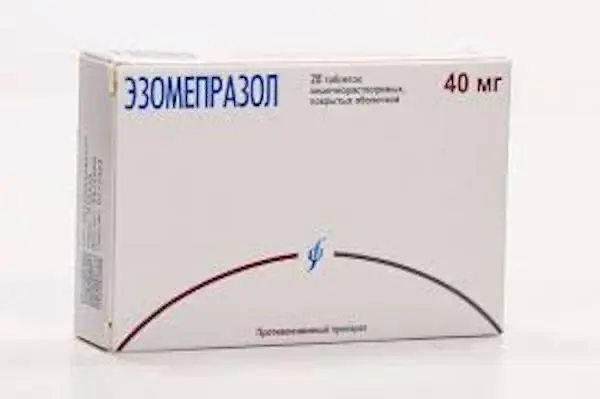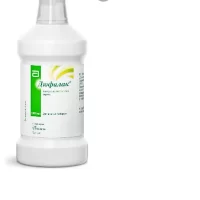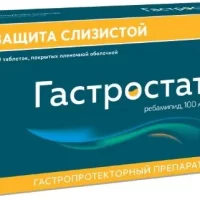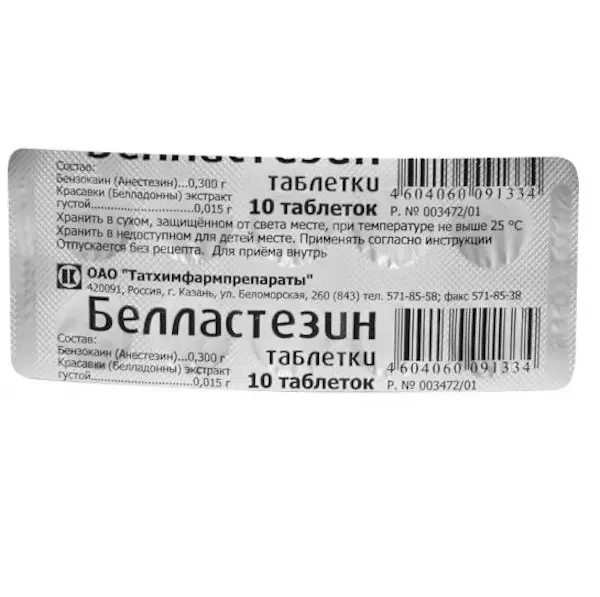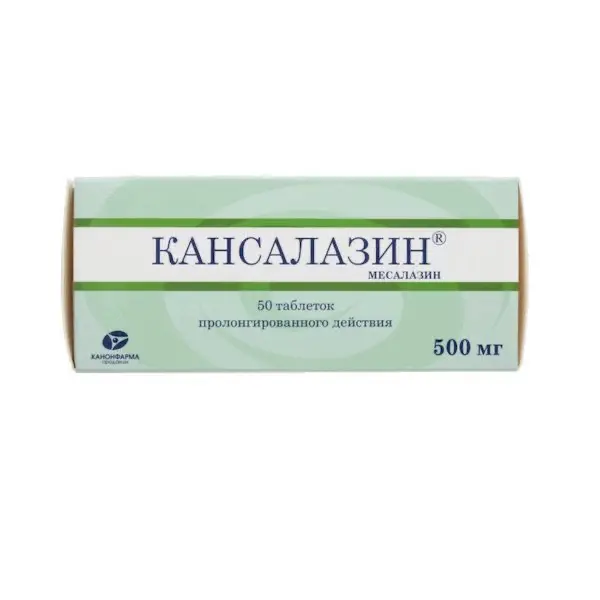Description
Esomeprazole 40mg Pharmacodynamics
Esomeprazole is the S-isomer of omeprazole and reduces gastric hydrochloric acid secretion by specifically inhibiting the proton pump in the parietal cells of the gastric mucosa. The S- and R-isomer of omeprazole have similar pharmacodynamic activity.
Mechanism of action
Esomeprazole is a weak base that converts to its active form in the highly acidic environment of the secretory tubules of the parietal cells of the gastric mucosa, where it inhibits the proton pump enzyme H+/K+-ATPase, with inhibition of both basal and stimulated hydrochloric acid secretion.
Effect on hydrochloric acid secretion in the stomach.
After oral administration of esomeprazole at a dose of 20 mg or 40 mg, the therapeutic effect develops within 1 hour. When administered daily for 5 days at a dose of 20 mg once daily the average maximum acid production after pentagastrin stimulation is reduced by 90% (when measured 6-7 hours after taking the drug on day 5 of therapy).
In patients with gastroesophageal reflux disease (GERD) and the presence of clinical symptoms after 5 days of daily oral administration of esomeprazole at a dose of 20 mg or 40 mg, intragastric pH values above 4 were maintained for an average of 13 and 17 hours out of 24 hours. On background administration of esomeprazole at a dose of 20 mg per day, intragastric pH values above 4 were maintained for at least 8, 12, and 16 hours in 76%, 54%, and 24% of patients, respectively. For 40 mg esomeprazole, this ratio is 97%, 92%, and 56%, respectively.
There is a correlation between plasma drug concentration and inhibition of hydrochloric acid secretion (AUC area under the “concentration-time” curve).
Therapeutic effect achieved by inhibition of hydrochloric acid secretion.
When receiving esomeprazole at a dose of 40 mg, healing of reflux esophagitis occurs in approximately 78% of patients after 4 weeks of therapy and in 93% after 8 weeks of therapy.
Treatment with Esomeprazole 40mg at a dose of 20 mg twice daily in combination with appropriate antibiotics for one week leads to successful eradication of Helicobacter pylori in about 90% of patients.
Patients with uncomplicated duodenal ulcer disease after one week of eradication therapy do not require subsequent monotherapy with drugs that reduce gastric gland secretion for ulcer healing and elimination of symptoms.
The efficacy of esomeprazole for peptic ulcer bleeding has been demonstrated in a study in patients with peptic ulcer bleeding confirmed endoscopically.
Indications
Gastroesophageal reflux disease:
Treatment of erosive reflux esophagitis;
Long-term supportive treatment after healing of erosive reflux esophagitis to prevent recurrence;
symptomatic treatment of gastroesophageal reflux disease.
Gastric and duodenal ulcer
As part of combined therapy:
Treatment of duodenal ulcer associated with Helicobacter pylori;
Prevention of recurrence of peptic ulcer associated with Helicobacter pylori.
Long-term acid-suppressing therapy in patients who have suffered bleeding from a peptic ulcer (after intravenous use of drugs that reduce the secretion of gastric glands, for the prevention of recurrence).
Patients taking NSAIDs for a long time:
Healing of gastric ulcers associated with taking NSAIDs;
Prevention of NSAID-associated gastric and duodenal ulcers in patients at risk.
Zollinger-Ellison syndrome or other conditions characterized by pathological hypersecretion of gastric glands, including idiopathic hypersecretion.
Contraindications
Hypersensitivity to esomeprazole, substituted benzimidazoles or other ingredients included in the preparation.
Hereditary intolerance to fructose, glucose-galactose malabsorption or sugar-isomaltase deficiency.
Childhood under 12 years of age (due to lack of data on efficacy and safety of the drug in this group of patients) and childhood age over 12 years for other indications, except for gastroesophageal reflux disease.
Esomeprazole 40mg should not be taken together with atazanavir and nelfinavir
(see section “Interaction with other medicinal products”).
Breast-feeding period.
Dosage and administration method
- Orally. The tablet should be swallowed whole with fluids. Tablets should not be chewed or crushed.
- Adults and children over 12 years of age.
- Gastroesophageal reflux disease
- Treatment of erosive reflux esophagitis: 40 mg once a day for 4 weeks.
- An additional 4-week course of treatment is recommended if esophagitis does not heal or symptoms persist after the first course.
- Long-term maintenance treatment after healing of erosive reflux esophagitis to prevent recurrence: 20 mg once daily.
- Symptomatic treatment of gastroesophageal reflux disease: 20 mg once daily in patients without esophagitis. If after 4 weeks of treatment symptoms do not disappear, further examination of the patient should be carried out. After elimination of symptoms, it is possible to switch to “as needed” regimen, i.e. to take esomeprazole 20 mg once a day when symptoms return. For patients taking NSAIDs and at risk of gastric or duodenal ulcer, treatment on an “as needed” regimen is not recommended.
- Adults
- Gastric and duodenal ulcer
- As part of the combined therapy for eradication with Helicobacter pylori:
- – Treatment of duodenal ulcer associated with Helicobacter pylori: esomeprazole 20 mg, amoxicillin 1 g, and clarithromycin 500 mg. All drugs are taken twice a day for 1 week;
- – prevention of recurrence of peptic ulcers associated with Helicobacter pylori: esomeprazole 20 mg, amoxicillin 1 g, and clarithromycin 500 mg. All drugs are taken twice daily for 1 week.
- Long-term acid-suppressive therapy in patients who have undergone bleeding from a peptic ulcer (after intravenous administration of drugs that reduce gastric gland secretion to prevent recurrence)
- Esomeprazole 40mg once daily for 4 weeks after completion of intravenous therapy with gastric gland-lowering drugs.
- Patients taking long-term NSAIDs:
- – NSAID-associated gastric ulcer healing: esomeprazole 20 mg or
- 40 mg once daily: treatment duration is 4-8 weeks;
- – prophylaxis of gastric and duodenal ulcers associated with taking NSAIDs: esomeprazole 20 mg or 40 mg once daily.
- Conditions associated with pathological hypersecretion of gastric glands, including Zollinger-Ellison syndrome and idiopathic hypersecretion.
- The recommended starting dose of esomeprazole is 40 mg twice daily. Subsequently, the dose is adjusted individually, the duration of treatment is determined by the clinical picture of the disease. There is experience of using the drug in doses up to 120 mg 2 times per day.
- Renal failure: no dose adjustment is required. However, the experience of using esomeprazole in patients with severe renal failure is limited; therefore, caution should be exercised when prescribing the drug to these patients (see section “Pharmacokinetics”).
- Hepatic failure: In mild to moderate hepatic failure no dose adjustment is required. For patients with severe hepatic failure the maximum daily dose should not exceed 20 mg.
- Elderly patients: no dose adjustment is required.

